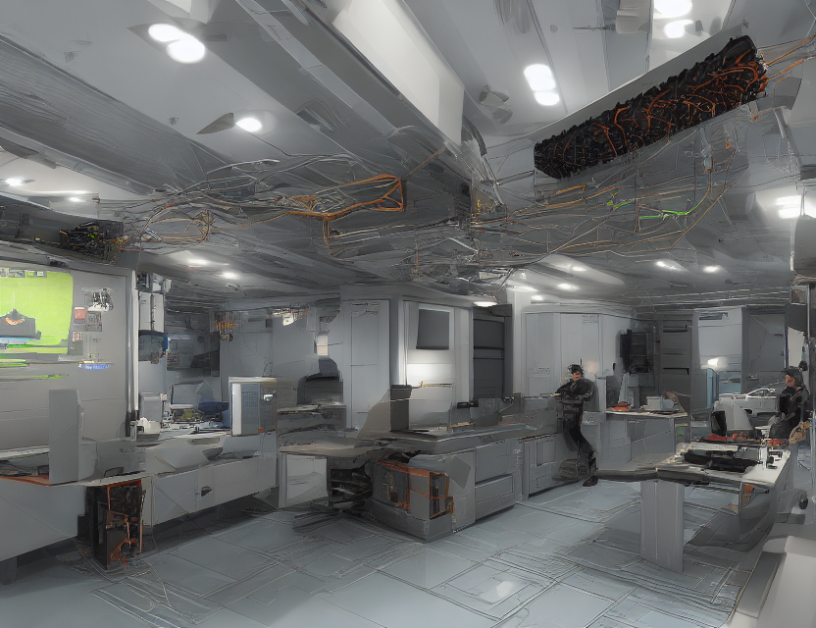In the next generation of wireless communication (6G), security threats are expected to increase dramatically due to the exponential growth of confidential information. To address this challenge, rate-splitting multiple access (RSMA) is proposed as a novel technique for secure communication. RSMA splits transmission into two parts: a common message and private messages. By exploiting the characteristics of wireless channels, eavesdroppers can be confused and prevented from correctly decoding the legitimate information.
Background
In wireless communication systems, physical layer security (PLS) is critical to protect against eavesdropping attacks. Traditional approaches focus on using cryptographic techniques or error-correcting codes. However, these methods are not sufficient in 6G networks due to the high volume of transmitted data and limited computational resources. RSMA offers a promising alternative by leveraging the properties of wireless channels to enhance security.
RSMA Technique
The basic idea of RSMA is to split the transmission into two parts: a common message and private messages. The common message contains information shared among multiple users, while the private messages are specific to each user. By exploiting the channel characteristics, the common message can be designed to jam eavesdroppers, while the private messages are protected by cryptographic techniques.
The RSMA technique can be applied in different scenarios, including downlink and uplink communication systems. In downlink systems, the transmitter splits the transmission into a common message and private messages before transmitting them over the air. In uplink systems, the eavesdropper’s presence is assumed, and the system adapts to the channel conditions by adjusting the power allocation and encryption levels.
Advantages of RSMA
RSMA offers several advantages over traditional security approaches. Firstly, it reduces the computational complexity of cryptographic techniques by only encrypting private messages. Secondly, it enhances the security performance by exploiting the channel characteristics to confuse eavesdroppers. Finally, RSMA is flexible and can be applied in various wireless communication systems, including NOMA (Non-Orthogonal Multiple Access) and SDMA (Single-User Diversity Multicast).
Future Research Directions
While RSMA shows promising results in enhancing security in 6G wireless networks, there are still several challenges to be addressed. Future research should focus on developing more advanced encryption techniques that can provide higher security levels without increasing computational complexity. Another area of interest is investigating the performance of RSMA under different channel conditions and interference scenarios.
Conclusion
In conclusion, rate-splitting multiple access (RSMA) is a novel technique for secure communication in 6G wireless networks. By exploiting the properties of wireless channels, RSMA can enhance security without increasing computational complexity. The technique has several advantages over traditional security approaches and offers promising results in enhancing security in next-generation wireless communication systems. Further research is needed to fully explore the potential of RSMA and develop more advanced security techniques for 6G networks.



